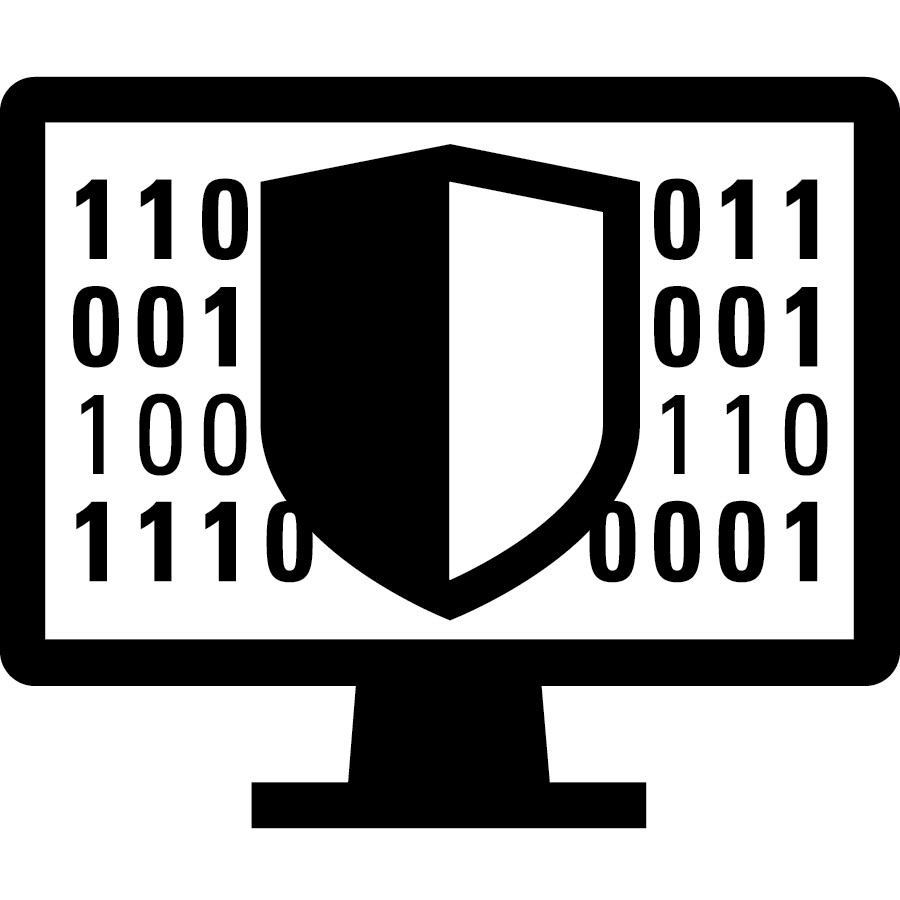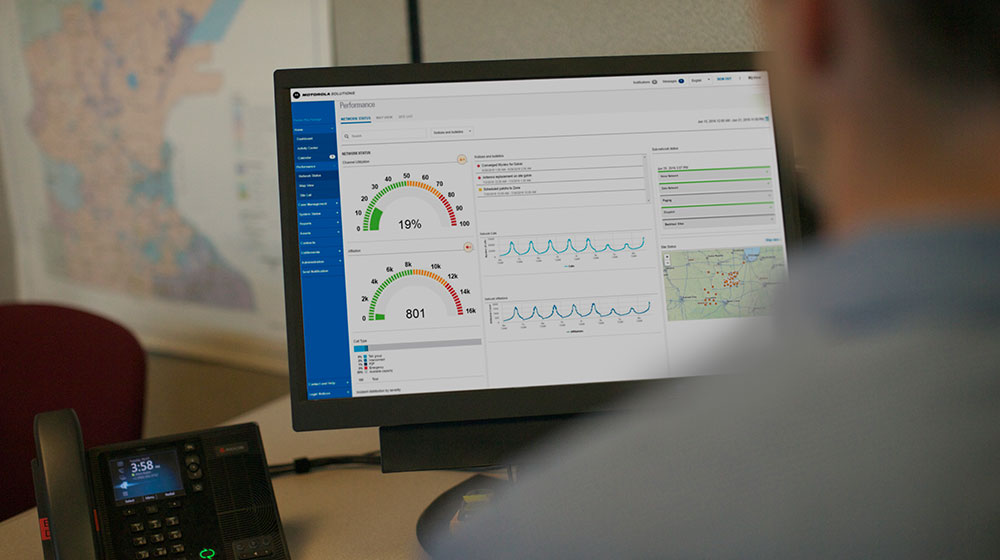What Does it Take to Eliminate Misrouted Calls?
As many of us are aware, about 12% of the 192 million 9-1-1 calls made annually in the U.S. are not initially routed to the correct jurisdictional PSAP, adding an average of 40 seconds to the emergency response, on a per call basis. The additional transfer steals precious seconds that could be spent saving lives.
“You know,” says Tina Mathieu, the Deputy Director at the Utah Communications Authority, “40 seconds is a lifetime.”
GET THE FULL STORY:
REDUCING 9-1-1 CALL TRANSFERS: A GAME CHANGER
For the state of Utah, implementing Motorola Solutions NG9-1-1 location based routing service has helped the state turn the corner on eliminating call transfers.
“I remember,” says Tina, “sitting in a legislative hearing listening to a legislator speak about being transferred after he had to call 9-1-1. That story lit the fire under the legislature to take notice of the call transfer rate.”
This is when the Utah Communications Authority stepped in.
The Result – Significant

The chart below shows the call transfer statistics for the State of Utah from Q1of 2022, before Motorola Solutions had deployed its call routing service, to that of Q1 2023. The number of call transfers decreased significantly, nearly 50%, a reduction of at least 1,000 call transfers per month, even with a higher call volume than that of the previous year.
“What is really exciting about this,” says Tina, “is the fact that there is absolutely no work required on the part of the PSAPs. The outcome is a result of what’s being done through technology. We are finally in a position to maximize the technology and make a major difference in our service level. I don’t think in my 30 years in the 9-1-1 industry, I can think of a time where technology was this impactful without having to make any adjustments in policy.”
Reducing Misrouted Calls
Motorola Solutions applies the NENA i3 architecture to how we route calls. This approach is a significant shift in the way 9-1-1 calls have been routed for over five decades. Instead of using the phone number or other value and matching it in a table format to a predefined and assumed PSAP destination, Motorola Solutions is obtaining the location of the call from the Originating Service Provider (OSP) and using that to decide which jurisdictional PSAP the call should be routed to.
 Sam Bard, Motorola Solutions NGCS Product Director, points out that, “Across the US today, the majority of calls are still being routed by most call routing providers using legacy methods which include the use of Selective Router Databases (SRDB). We are not using legacy routing technologies as part of our NENA i3 service.”
Sam Bard, Motorola Solutions NGCS Product Director, points out that, “Across the US today, the majority of calls are still being routed by most call routing providers using legacy methods which include the use of Selective Router Databases (SRDB). We are not using legacy routing technologies as part of our NENA i3 service.”
To learn more about the success Utah is having in reducing call transfers, read our case study.
Learn more about Motorola Solutions Call Routing Service.





